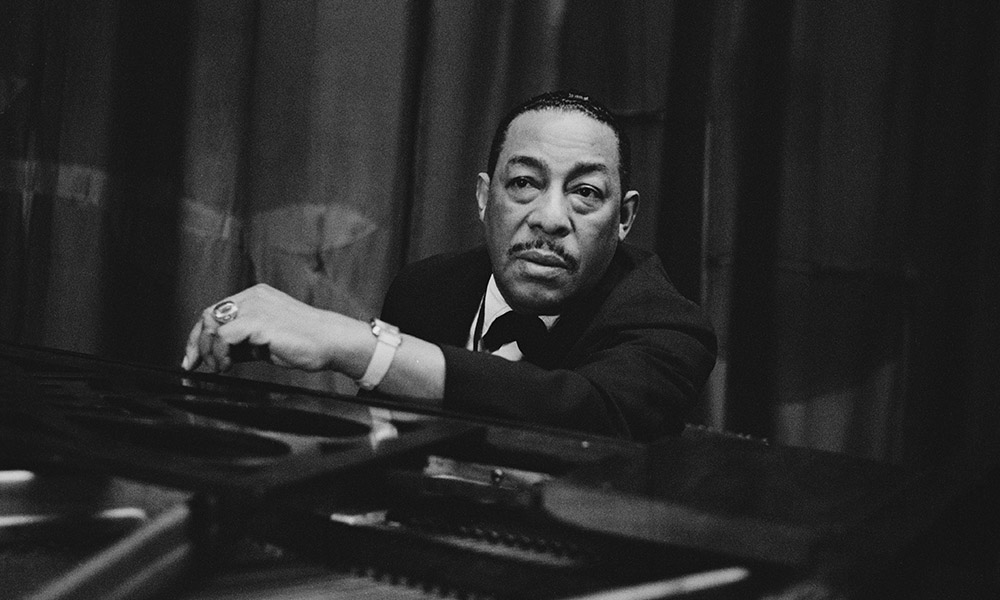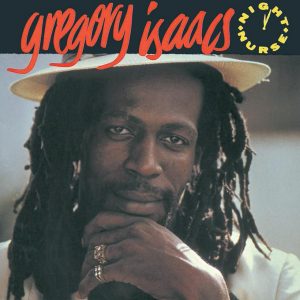Born on July 25, 1907, Johnny Hodges was the saxophonist of choice for Duke Ellington. Hodges played with considerable authority when with a band. He also possessed a technical mastery of his instrument and an individualistic style. His use of vibrato was one-of-a-kind. At Hodges’s funeral, Ellington had this to say: “Never the world’s most highly animated showman or greatest stage personality, but a tone so beautiful it sometimes brought tears to the eyes – this was Johnny Hodges. This is Johnny Hodges.”
After learning to play both piano and drums, Hodges first played soprano sax before becoming a specialist with the alto saxophone. He went to New York while still in his teens where he played with a few bands.
Johnny joined Duke Ellington’s Orchestra in 1928, playing on his first record in March. From the very first moment, he became pivotal to the Ellington sound as well as co-writing some of Duke’s recordings. He toured Europe with Ellington in both 1933 and 1939, and three years later he played on the classic, “Things Ain’t What They Used To Be.”
After playing on so many wonderful Ellington records, Hodges left in 1951 to work within a small group environment. His first session for Norgran was in January along with two other Ellingtonians, trombonist Lawrence Brown and Duke’s long serving drummer Sonny Greer. The album was called Castle Rock. (The title track was a hit single and the album was later reissued on Verve.) A month later, the same players recorded an album entitled Memories of Ellington that was eventually reissued as In A Mellow Tone by Verve.
Over the next decade or so, Hodges recorded for both Norgran and Verve. Among the highlights were Ellingtonia ’56, Johnny Hodges with Billy Strayhorn and the Orchestra and The Big Sound. He also worked with Ellington himself and recorded Duke Ellington And Johnny Hodges Play The Blues – Back To Back and Duke Ellington And Johnny Hodges Side by Side.
In the early 1960s, he rejoined Ellington’s band and was in the studio when Duke and Frank Sinatra recorded the album, Francis A And Edward K in December 1967. Among the songs they recorded was the beautiful “Indian Summer,” which featured a sumptuous Billy May arrangement. It is among the best songs Sinatra recorded for Reprise, and Hodges’s sax solo certainly had a lot to do with it. You can hear how much Sinatra likes it: When it ends, Sinatra is so enthralled that he’s half a second late in coming back to sing.
Listen to the best of Johnny Hodges on Apple Music and Spotify.




